Iberian Lynx
Iberian lynx, the most threatened feline species in the world, is native to the Iberian Peninsula. These medium-sized cats have tufted ears, dense beard-like facial hair, a bobbed tail, and long legs akin to the other species in their genus. However, their reddish-brown or yellowish coat patterned with dark spots is shorter than most other lynxes. Some extinct populations that were native to the western regions of their geographic range had spotless coats.
Scientific Classification
| Kingdom | Animalia |
| Phylum | Chordata |
| Class | Mammalia |
| Order | Carnivora |
| Suborder | Feliformia |
| Family | Felidae |
| Genus | Lynx |
| Scientific Name | Lynx pardinus |
Quick Information
| Other Names | Spanish Lynx and Pardel Lynx (in English); Lynx pardelle and Lynx d’Espagne (in French); Lince Iberico (in Spanish) |
| Size | Head-body length: 33-43 inches (85-110 cm) Shoulder height: 24-28 inches (60-70 cm) Tail length: 4.7-11.8 inches (12-30 cm) |
| Weight | Males: Average weight of 28 lbs (12.9 kg) Females: Average weight of 21 lbs (9.4 kg) |
| Color | Tawny fur with lightly colored underparts, black or brown spots, feathery black hair on the tip of the ears, and a black-tipped tail |
| Distribution | In the past, their population was widespread throughout the southern French territory, northern Italy, and Iberian Peninsula; now they are found in southwestern Spain including eastern Sierra Morena as well as the coastal regions of lower Guadalquivir; reintroduced in northeast Guarrizas, southwest Guadalmellato, Murcia, Extremadura, Castilla-La Mancha, Andalusia; as also in Portugal |
| Habitat | Open grasslands, farmlands, forestry landscapes with juniper, mastic, and strawberry shrubs, as well as large trees such as cork and holm oaks |
| Vocalization | Being solitary cats, the Iberian Lynx is mostly silent; emit calls to communicate with their cubs; may give an alarm call if threatened; have different vocalization types including hiss, spit, purring, gurgle, mew, and growl |
| Lifespan | Up to 13 years in the wild |
| Diet | Referred to as “rabbit specialists” since they mostly hunt European rabbits and Granada hares; also prey on rodents, birds, amphibians, and reptiles; occasionally feed on small roe deer, fallow deer, ducks, and mouflon |
| Adaptations | Foreshortened skull to increase their bite force while catching small prey; narrower muzzles and longer jaws with smaller canine teeth than other predators that hunt large prey; this aids in catching as well as killing both large and fast-moving prey with a single bite |
| Diseases | Feline leukemia, chronic renal illness (in captivity) |
| Size of litter | An average of 2-3 kittens |
| Weight at birth | 7.1-8.8 oz (200-250 g) |
| Number of Litters | 0.8 litters a year |
| Gestation Period | 63 to 73 days |
| Competition | Wildcat, Egyptian mongoose, and red fox |
| IUCN Conservation Status | Endangered |
| Why are they endangered | Their population had declined over the years due to:
|
Behavior
The Iberian lynx populations, though spatially separated, exhibit some form of interaction among them as individual members migrate from one group to another. Social interactions usually occur during the mating season. Both the male and female Iberian lynxes travel an average distance of 16 km to search for partners. However, males are known to travel farther than females and may disperse up to a distance of 30 km.
Like most wild cats, these lynxes defend their territories against members of the same sex. The breeding territory of an adult male may range from 5 sq km to 20 sq km, which can sometimes extend over that of a female. They mark the territory with their urine and droppings, as also with scratch marks on tree barks.
Mating and Reproduction
The adult Iberian lynxes generally have more than one mating partner at a time but in habitats with high population density, the males tend to mate with a single female. This is because both the males and females face higher competition within the same sex for access to mates. Breeding in this lynx species occurs once a year with the breeding season peaking in January, but continuing until July. If a female loses its litter unexpectedly early, it may again enter the estrous cycle. The female will give birth to her offspring once it has secured its breeding territory.
Life Cycle
Though most births occur during March-April, the females may give birth to offsprings till around September. The young lynxes are born helpless and require parental care. After birth, it takes about 10 weeks for the kittens to get accustomed to food other than their mother’s milk. They become capable of surviving on their own at 7-10 months but remain under their mother’s care until 20 months. Sexual maturity is attained by the male and female lynxes at 12 months.
Interesting Facts
- These predators are mostly active after sunset, but may exhibit diurnal activity during winter when food is limited.
- A scientific study in 2013 revealed that the Iberian lynx has antibiotic-resistant Escherichia coli and Enterococci bacteria in its intestines. These may reduce its immunity and cause infections that are difficult to cure.
- Captive Iberian lynxes can now be seen only at the Lisbon Zoo (Portugal) and the Jerez Zoo (Spain).
References
- https://en.wikipedia.org/wiki/Iberian_lynx
- https://wildcatconservation.org/wild-cats/eurasia/iberian-lynx/
- https://www.iucnredlist.org/species/12520/174111773
- https://wwf.panda.org/discover/our_focus/wildlife_practice/profiles/mammals/iberian_lynx/
- https://wildcatconservation.org/wild-cats/eurasia/iberian-lynx/
- http://animaldiversity.org/accounts/Lynx_pardinus/
Published on December 18th 2015 by admin under Coniferous Forest Animals.
Article was last reviewed on 5th December 2024.


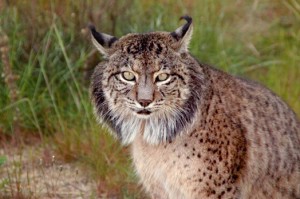
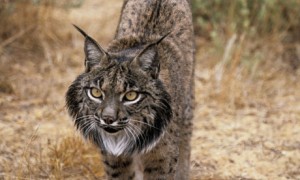
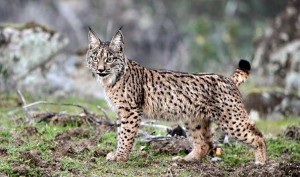
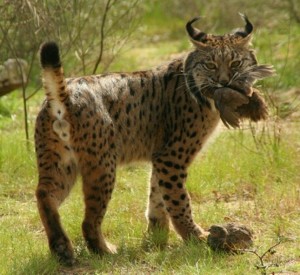
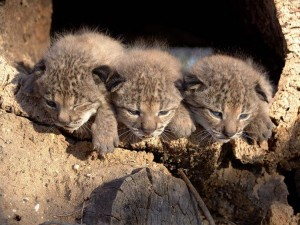
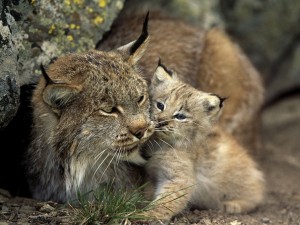
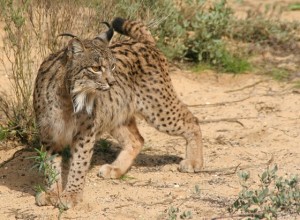
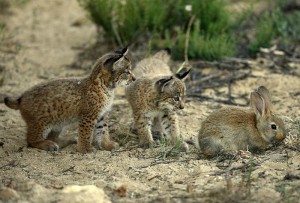
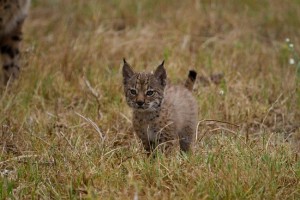
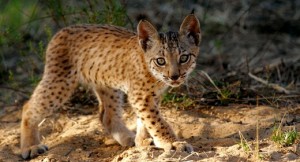

I have noticed you don’t monetize your blog, don’t waste your traffic, you can earn additional bucks every
month because you’ve got hi quality content. If you
want to know how to make extra bucks, search for: Ercannou’s essential
adsense alternative